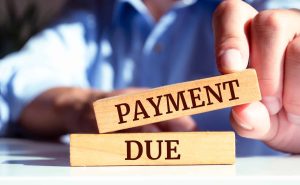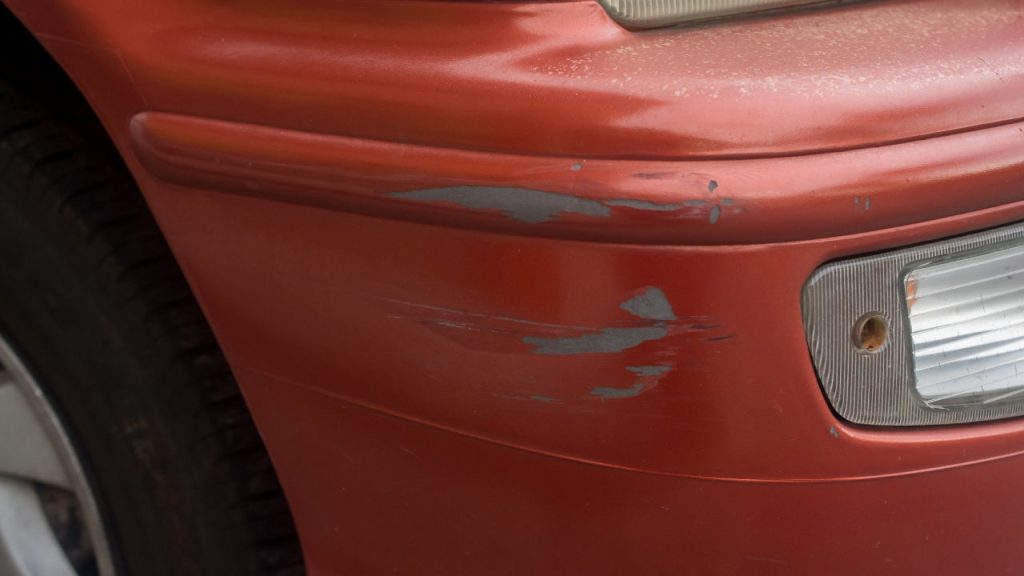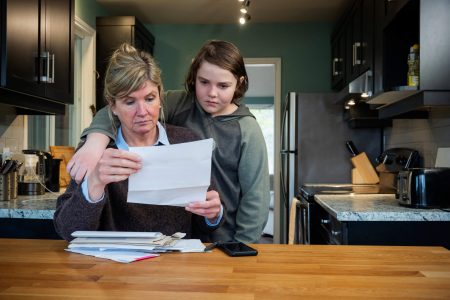Azri Suratmin/Getty Images
A hit-and-run can be something as dramatic as a driver fleeing from a terrible car accident they caused or as minor as a driver accidentally bumping the car behind them in the parking lot. While no one wants to be the victim of any type of hit-and-run, it helps to understand the legal ramifications and your insurance options. Bankrate’s insurance editorial team is here to walk you through what happens after a hit-and-run in Kentucky so you can successfully file an insurance claim.
Hit-and-runs in Kentucky
A hit-and-run occurs when someone involved in a motor vehicle accident leaves the scene. Typically, this happens when a driver collides with another vehicle or property and wants to escape without being held liable. Nearly 19 percent of drivers in Kentucky in 2022 were uninsured, the sixth-highest level in the U.S., according to the Insurance Information Institute. Because driving without insurance in Kentucky is illegal, an uninsured driver may be even more motivated to flee.
Kentucky hit-and-run laws
According to Kentucky hit-and-run laws, if a driver is involved in any motor vehicle accident causing property damage, injury or death, they must stop, evaluate the situation and render assistance to the other involved parties. If you cause property damage but no other driver is involved — like hitting a parked car in a parking lot — leaving a note with your name, address, vehicle registration and insurance information will usually suffice as taking responsibility.
But leaving the scene of an accident in KY could result in several penalties including:
- Fines up to $500
- Points against your driving record
- More expensive insurance premiums
- A class A misdemeanor
- Criminal charges that result in jail time
How hit-and-runs impact car insurance rates in Kentucky
If you are the victim of a hit-and-run in Kentucky, the incident typically won’t be surchargeable on your insurance policy. However, circumstances may vary by provider and state. Even if you were to experience an increase in your premium, it would likely be much less than if you were at fault.
When you are found at fault for any accident, you will likely see an increase in your insurance rates. If you are later caught after having fled the scene, you’re likely to get a motor vehicle violation for leaving, as well. Since there would be two incidents on record instead of one, the premium increase you might face would potentionally be much higher than if you stayed at the scene of the accident.
The average annual cost of car insurance in Kentucky for drivers with clean records is $2,705 for full coverage and $779 for minimum coverage. These rates are in line with the national averages of $2,458 and $678, respectively. However, a standard at-fault accident could add $1,000 or more to your annual premium — and a hit-and-run conviction could inflate your rates even further.
4 things to do after a hit-and-run in Kentucky
Knowing what to do after a hit-and-run in Kentucky can prepare you in the event you are ever the victim of such an accident. Experts recommend that you make sure everyone is okay, get help for anyone injured and, if possible, try to make observations that will help the police department locate the driver who caused the hit-and-run.
Consider the following steps:
- Stop and evaluate yourself and others for injuries. Determine if anyone is injured, and if so, immediately call for emergency services. You might feel fine at first, but seeking a professional medical opinion may be a good idea.
- Try to observe the vehicle that caused the accident as they are leaving the scene. Note any identifying factors such as the license plate number, vehicle type, driver description or even bumper stickers or specific marks on the vehicle. Writing this information down might be helpful.
- Report the accident. As soon as you have evaluated the situation, call the police to the scene. Not only will a law enforcement officer create an official police report, which could be helpful for an insurance claim, but they may also be able to help locate the at-fault party.
- Collect your own evidence. The scene of an accident can be chaotic. Although it is not always possible, it can be helpful if you collect your own evidence — so long as you do not interfere with the official police investigation. Take photos of your vehicle’s damage and the surrounding area, gather contact information for any witnesses and take note if any public locations in the vicinity may have a video recording of the accident.
Learn more: How to file a car insurance claim
Will insurance cover a hit-and-run?
If you are involved in an accident, your car insurance may protect you financially by covering some of the damage. However, this ultimately depends on the state you live in, the laws that are in place and the coverage on your policy. Kentucky is a no-fault state, and more specifically, a “choice” no-fault state. This means that each driver must be offered a minimum amount of personal injury protection (PIP) and uninsured/underinsured motorist coverage (UM/UIM), but it is up to them whether to purchase it or not.
PIP helps pay for your own injuries regardless of fault. If your policy includes PIP, coverage is afforded for medical expenses, wage losses and essential services. UM/UIM coverage may help you recoup losses, too.
If you are the victim of a hit-and-run accident in Kentucky, your auto insurance policy can help pay for your property damage if you have certain coverage types, as well — namely, collision coverage. You will likely be required to pay your deductible, though.
Talking to your agent or a representative from your company about how your policy would respond to a hit-and-run may be the best way to ensure you’re prepared.
Frequently asked questions
Read the full article here
















